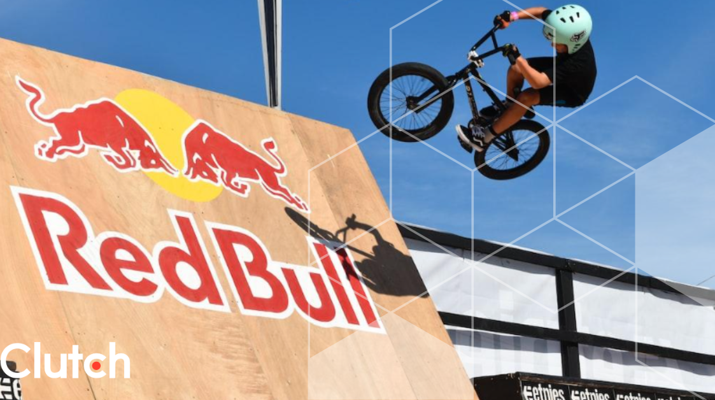

Updated January 2, 2025
Content that generates traffic doesn’t always guarantee leads or build a long-term audience. This article tells you how to make your content effective.
Many businesses have experienced the highs and lows of content marketing. One post can generate a great deal of attention while other media receive little traffic. An effective marketing strategy will convert content marketing into sales.
Although traffic indicates how many people are finding your site, it does not always provide the best metric for success. Traffic can be fleeting. You have to create content that makes your user want to buy your product in order to ensure long-term success. You can hire a content marketing agency to help improve your engagement or do it yourself with these tips.
Looking for a Content Marketing agency?
Compare our list of top Content Marketing companies near you
One of the biggest myths in the digital marketing industry is the likelihood of “viral success.” People believe “viral success” occurs when:
Unfortunately, “viral success” is a very rare occurrence.
Stanford University and Microsoft Research looked at more than one billion events on Twitter and found that “viral success” essentially never happens. Although social sharing can certainly expand the reach of content, this isn’t because the content is “viral.”
Essentially, if a piece of content goes “viral,” it has little to do with how popular the content actually becomes. The collection of cascades below, from the Stanford and Microsoft study, represents how social sharing can come from content of any popularity level:

The tree-like cascades toward the bottom represent more viral pieces of content, where the message was shared with friends of friends of friends. The more pyramid-like cascades at the top represent a single influential account sharing a message with a large number of people. But in all of these cases, the reach was similar. The virality had little impact, which is why your content strategy did not work.
The reach of a piece of content, instead, has more to do with influential nodes in the network. Influencers, who have a large number of followers, share the content and reach a large number of people.
An important lesson to take from this is that we need to focus less on “viral success” and more on loyalty to find long-term success.
Consider a brand that gets a 30% boost in the audience from social sharing with each publication while preserving 80% of its audience each post. This brand would gain 10% growth with each publication, which is enough to grow an audience from 100 to 1,378,000 in 100 publications.

While this example seems simplistic, it demonstrates how loyalty is central to growth. If you want to increase your traffic, you should focus more on loyalty than exposure.
If you want to successfully build audience loyalty, use a lead magnet to engage users. A lead magnet is an incentive that sites offer in exchange for user contact information. Some examples include:
Whitepapers, case studies, surveys, and original research tend to receive more clicks in the B2B space than other lead magnets. At HubSpot, for example, you are encouraged to download a guide relevant to the content you are browsing:
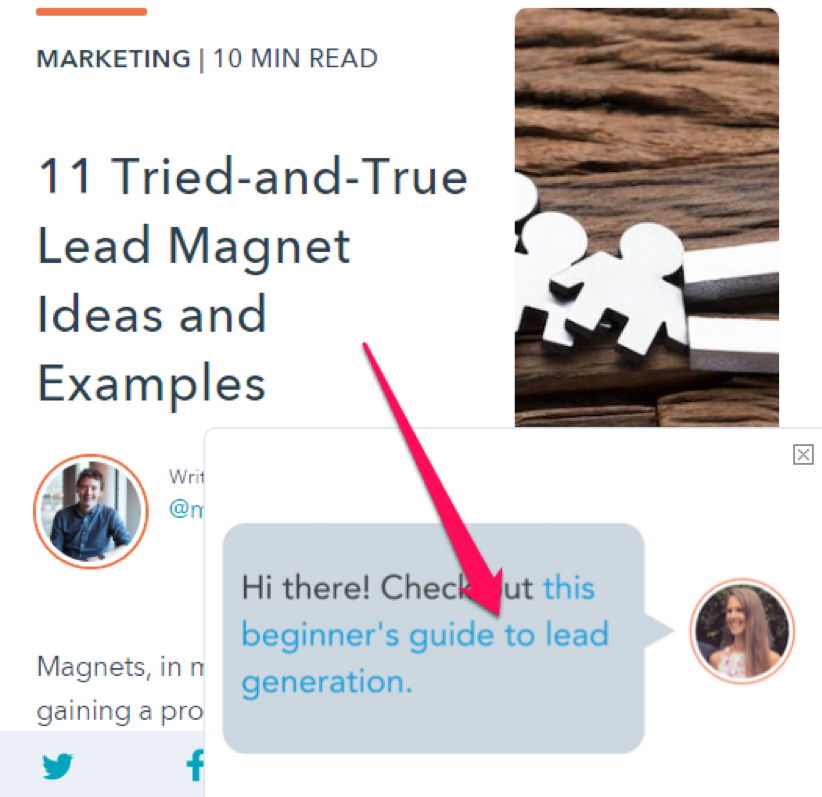
Many e-commerce stores offer discounts and store credit in exchange for a user’s email, such as this offer at Lucky Brand:

Stores can then send potential buyers more information about sales and discounts on upcoming products, which makes the user more likely to buy something.
Implement free trials for your membership packages or SaaS sites. SaaS, or software as a service, is a platform on which a third-party provider hosts certain applications and makes them available to consumers. Moz, an SEO software and resource site, offers a free trial in exchange for contact information:
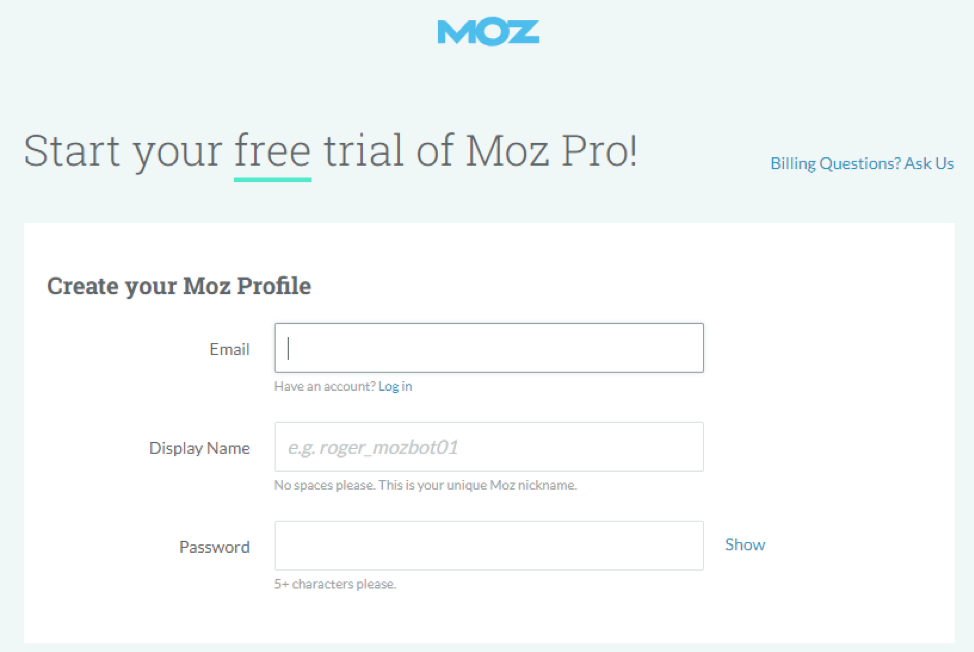
Free trials give SaaS companies time to onboard the user with emails explaining how to use and apply the software.
In addition, classes, videos, and templates can be ideal for sites that deal with education or self-improvement.
Neil Patel, a digital marketing consultant, hosts different webinars about various aspects of the marketing industry.
Consider the following while planning your lead magnet:
Find a way to steer people who land on your page to your lead magnet.
You may want to treat your lead magnet as though it were a “sequel” to your most successful piece of content in order to maximize possible sales. Likewise, your most popular pages should be reworked so that they act as a “prequel” to your lead magnet.
The steps to steer your users toward your lead magnet are as follows:
Brian Dean, an SEO expert, describes a link-building strategy, known as “The Skyscraper Technique.” This influential post is one of Dean’s most popular pieces of content. Dean capitalized on this popularity by adding a downloadable checklist to the guide as an additional lead magnet:
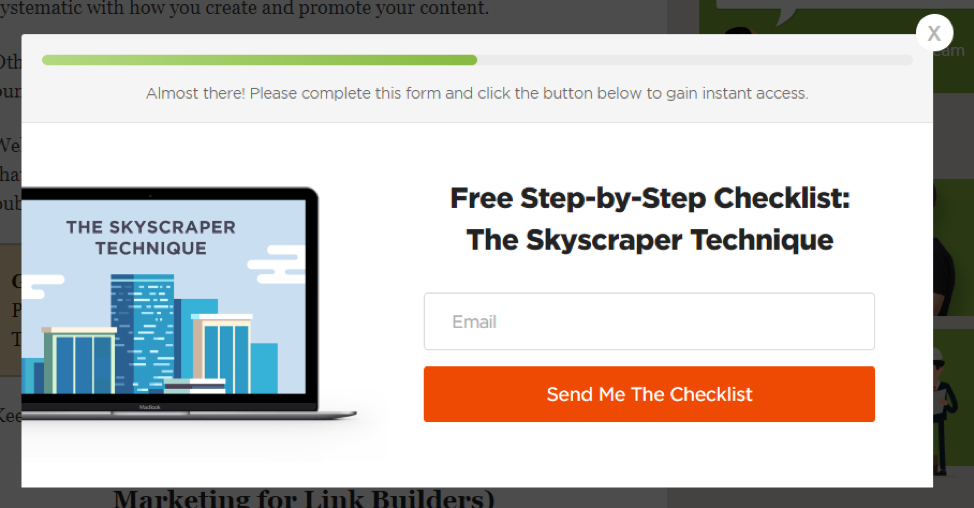
Because this checklist is a direct sequel to one of Dean’s most influential posts, it is a massive source of leads for him.
Once you’ve reworked your main content, you will need to add a call-to-action that encourages leads to offer their contact information in exchange for your premium content.
How you accomplish this exchange depends on what type of lead magnet you are creating and what type of pages you are promoting the lead magnets on. Most approaches hold these features in common:
Unbounce, a conversion platform for marketers, places its call-to-action directly within the content of its blog post:
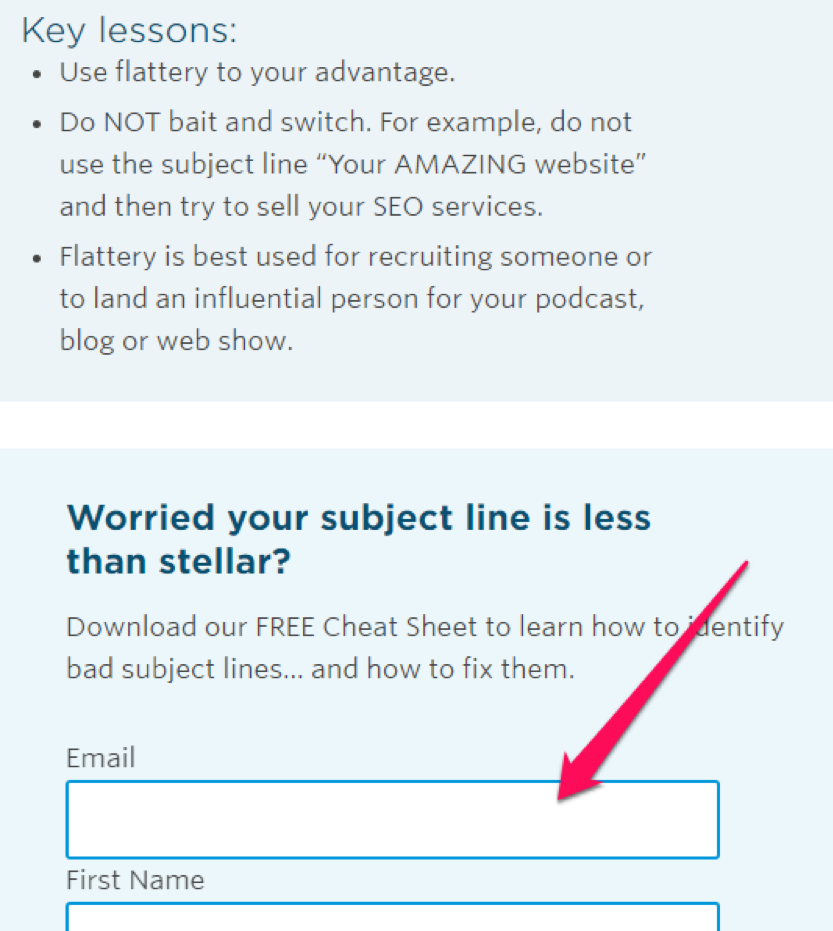
Known as the “call and answer” approach, the main content mentions a problem, and the call-to-action answers the stated need.
Other powerful call-to-action techniques include:
The key to successful calls-to-action is to place your message where the user can see it rather than putting it far from the main content of the page where the call becomes invisible.
The value of viral content may be overstated, but exponential growth is still possible. Focus on audience retention and loyalty to maximize potential leads. By developing strong lead magnets, reworking your popular content, and integrating strong calls-to-action, you can turn short-term popularity into lasting business success.
 Manish is the president and founder of E2M Solutions Inc., a San Diego-based digital agency that specializes in website design, branding, and digital marketing. With over 10 years of experience in the technology and digital marketing industry, he is passionate about helping online businesses take their branding to the next level.
Manish is the president and founder of E2M Solutions Inc., a San Diego-based digital agency that specializes in website design, branding, and digital marketing. With over 10 years of experience in the technology and digital marketing industry, he is passionate about helping online businesses take their branding to the next level.

